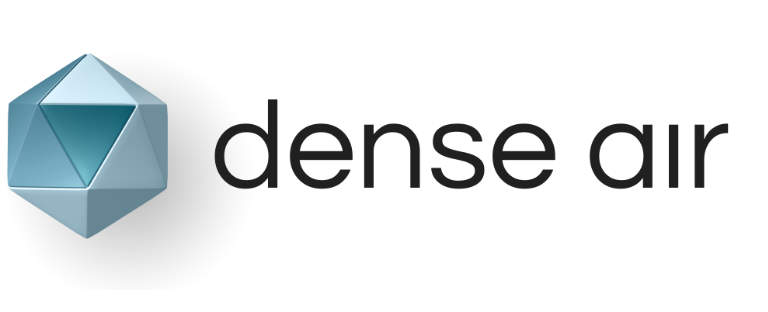Skip to content
About the deployment Dense Air is pioneering the use of Split 6 fronthaul and smart antenna technology for the scaled...
Read More +
5G is not just faster 4G – it offers up a broad range of new network architecture, operational and service...
Read More +
Worthing, a popular seaside town on England’s south coast, is a tale of two towns. During public holidays, and particularly...
Read More +
RAN (Radio Access Network) interfaces that support interoperability between different vendors’ equipment encouraging innovation and offering greater network flexibility at a lower cost than the traditional closed and expensive single-vendor alternative.
Shared physical infrastructure—radios, antennas, switches—and either shared or licensed spectrum available securely to multiple carriers and service providers.
A network of tall towers that transmit low bandwidth radio signals across a multi-mile geographic radius.
A network of low-powered radios discreetly mounted on street poles, buildings, or indoors near end-user consumption that transmit high bandwidth, targeted radio signals across a radius of hundreds or thousands of feet.
Hard-to-reach network boundaries with the weakest signal strength and highest interference where demand is highest and the macro signals are poorest.
Base stations that connect with users’ LTE and 5G handsets.



